Infectious disease has always been a presence in Anglo-settled North America. Some of the earliest were dysentery and fevers in 17th-century colonial settlements. Then came about the smallpox and diphtheria of the early 18th century. And then there was the yellow fever and cholera of the late 18th and 19th centuries.[1]
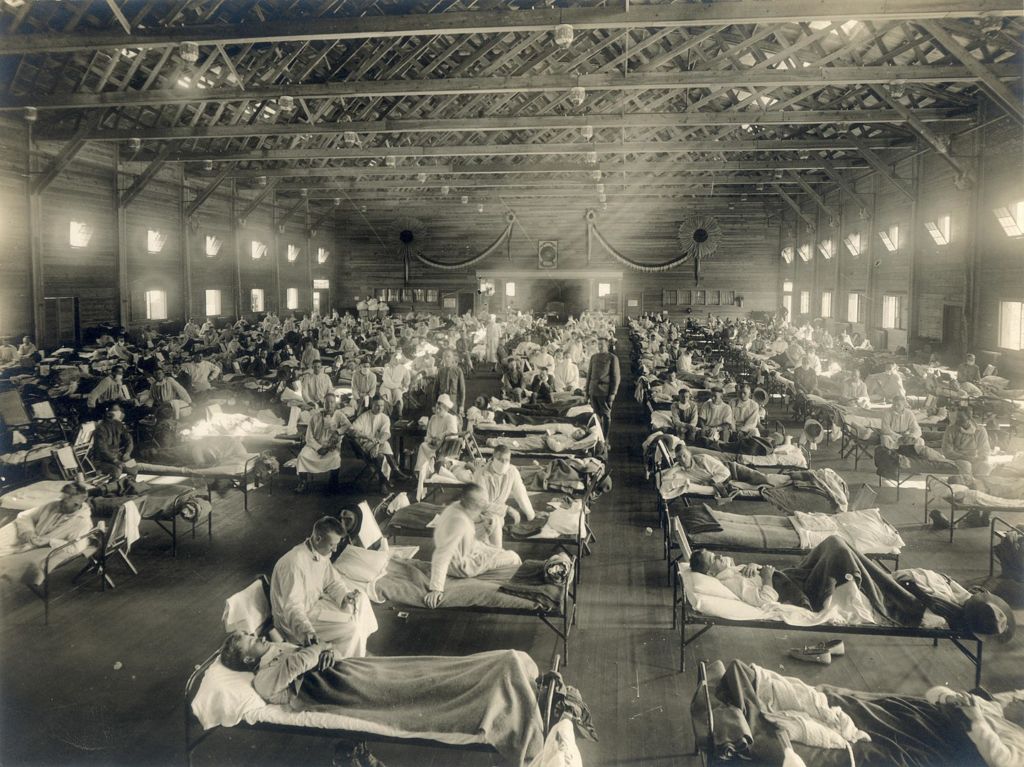
Emergency hospital during influenza epidemic, Camp Funston, Kansas. Emergency hospital during influenza epidemic (NCP 1603), National Museum of Health and Medicine. Public Domain.
And by far one of the world’s most serious natural catastrophes of the 20th century was the influenza pandemic of 1918-1919. In the American West, Montana had a high rate of infection, and ranked as one of the four hardest hit states. To make matters worse, Montana’s population was a majority of young people between 18 and 40 years of age whose demographic was the most susceptible to the disease. Like our shelter-in-place mandates today, the Montana State Board of Health, acting on information received from around the country, urged city leaders to restrict assemblies to slow the spread of the flu, including closing churches, schools, and saloons. And again, like today, these restrictions slowed business and even brought some business activity to a stand still.[2]
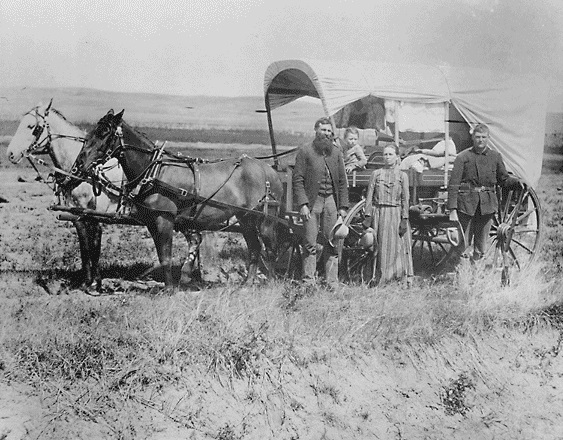
Photograph of a Family with Their Covered Wagon During the Great Western Migration, 1866. Public Domain.
The American frontier was a vulnerable place for people facing epidemics. With the 1873 cholera epidemic, patients on the frontier suffered and died quickly without medical attention. A cholera epidemic could wipe out over half of the population of a wagon train or small settlement. So like the established cities back east, quarantine was a popular method to limit the spread of disease on the frontier.[3]
Like the rest of the world, the Sid Richardson Museum staff is experiencing the effects of COVID-19, the most obvious of which is the temporary closure of our museum. And while we’re missing interacting with our visitors, we’re finding new, creative ways to help our visitors interact with us…virtually.
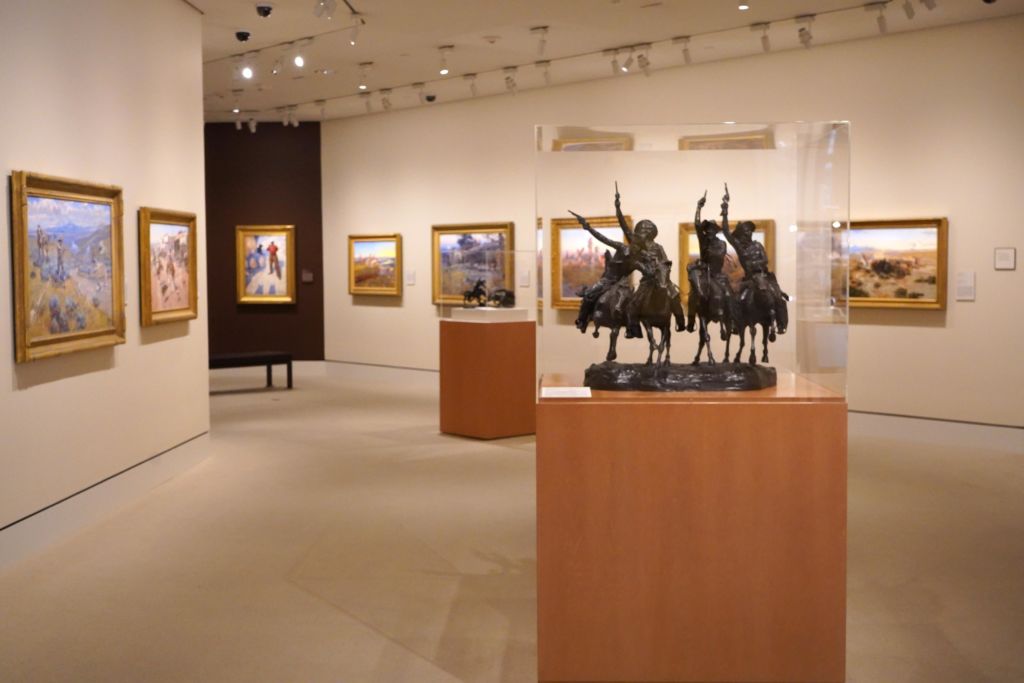
Current installation at the Sid Richardson Museum, Fort Worth, Texas.
Missing the artwork in our collection? Our director, Scott Winterrowd, is providing visual explorations of our paintings, like his feature of Frederic Remington’s A Figure of the Night, as well as virtual gallery tours of our latest installation.
Wanting to engage more with art? The museum has been creating weekly videos of virtual Tea & Talk sessions, with each week featuring a new artwork and new special guest from one of our neighboring art museums. Tea & Talk is an adult program that provides an opportunity to slow down the art viewing experience. During Tea & Talk, participants sit together in front of one work of art and have a shared conversation about what they see. Although not able to physically sit together, The Sid staff members and special guests have gathered together online to create a digital, shared experience.
Another regular program that we’ve translated into a digital format is Wild West Wits, our happy hour trivia program for adults. Wild West Wits features 4 rounds of questions, and each round of questions is loosely “inspired” by a painting from our collection or current exhibit. Each week during the month of April, we’re bringing you a question from a new round on our Facebook and Instagram. Then follow us in our stories for more questions from that round.
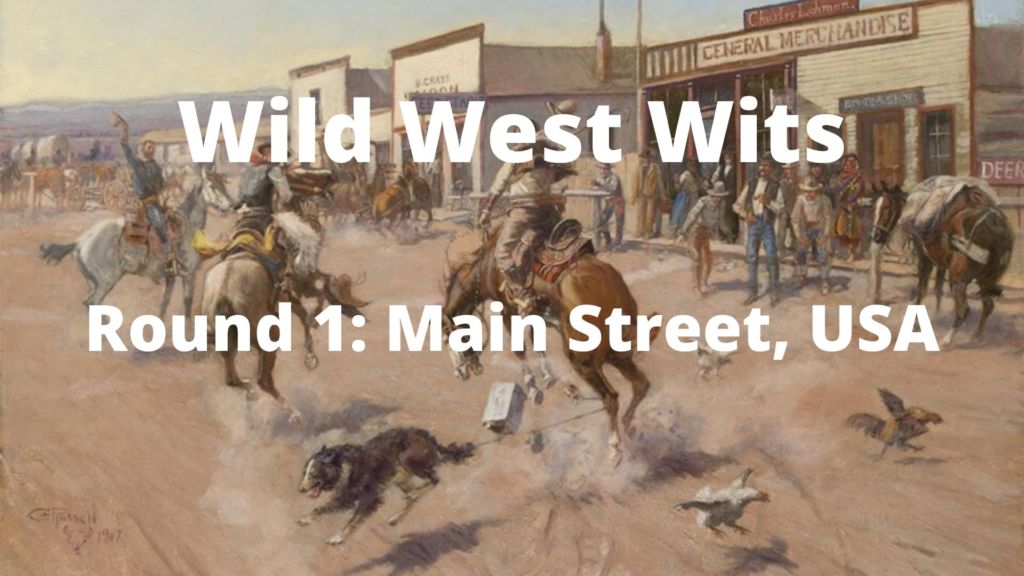
Virtual Wild West Wits
Needing some inspiration? Check out our #SidsDrawingChallenge prompts. Each day we feature a new drawing challenge. From drawing a view from your window to drawing your favorite meal, our daily drawing challenges are a fun way to try something new and get creative. To follow the #SidsDrawingChallenge series from day one, check out our Highlights Stories on our Instagram, or follow along with us on Facebook.
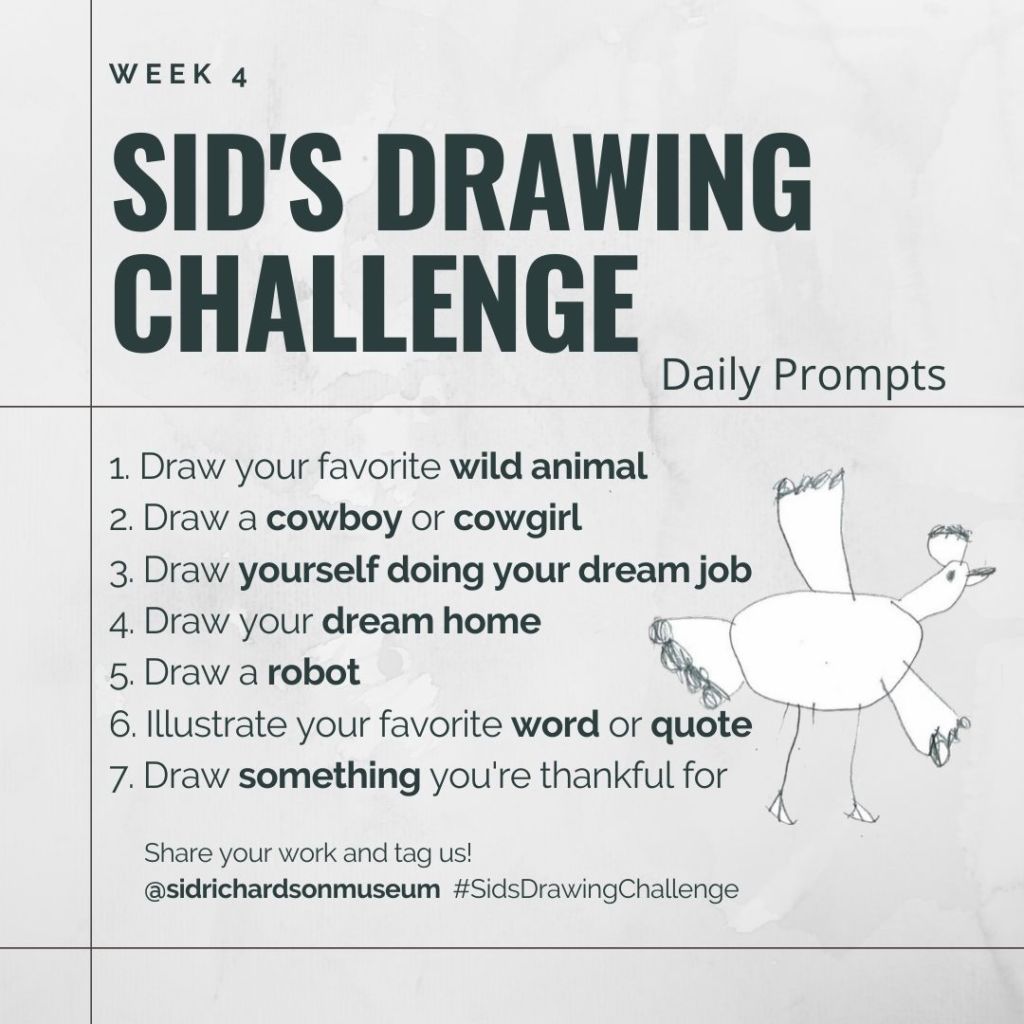
Sid’s Drawing Challenge Daily Prompts – Week 4
Looking for some fun activities with the kids? We’re bringing Sid’s Story Time to you virtually. Join Shelby on our Facebook and Instagram pages as she reads Sky Color by Peter H. Reynolds. Stay tuned to the end of the video for a tutorial on a non-toxic paint recipe made with items you can find most household pantries.
Continue to visit our social media pages for new videos and engaging activities from your friends at The Sid.
[1] Baldwin P. Contagion and the State in Europe, 1830–1930. Cambridge: Cambridge University Press, 1999
[2] Montanans and “The Most Peculiar Disease”: The Influenza Epidemic and Public Health, 1918-1919 Author(s): Pierce C. Mullen and Michael L. Nelson Source: Montana The Magazine of Western History, Vol. 37, No. 2 (Spring, 1987), pp. 50-61.
[3] Dr. Jim Kornberg, “The Fastest Killer in the Old West,” 2020 www.truewestmagazine.com/the-fastest-killer-in-the-old-west/ (accessed April 3, 2020).



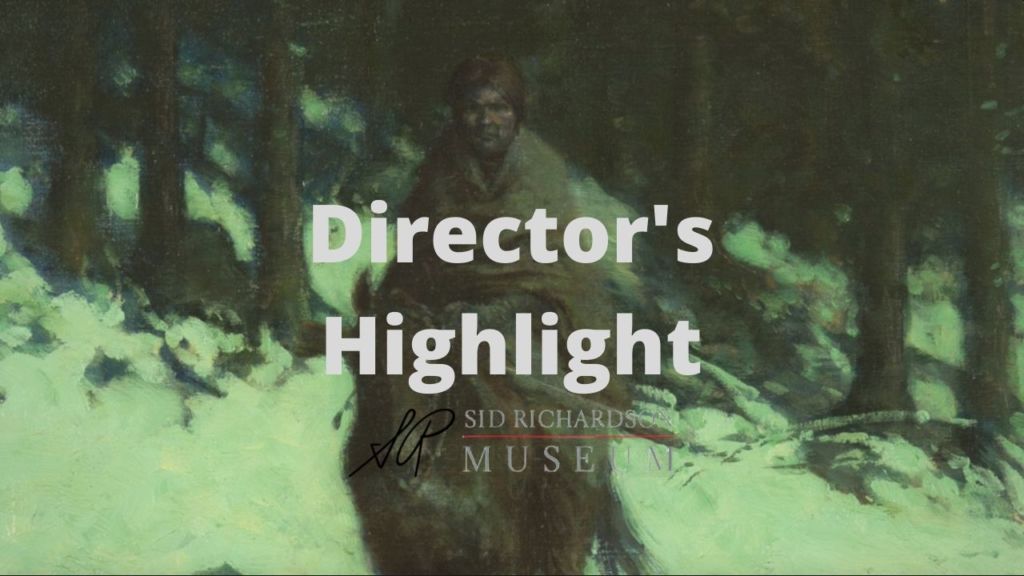
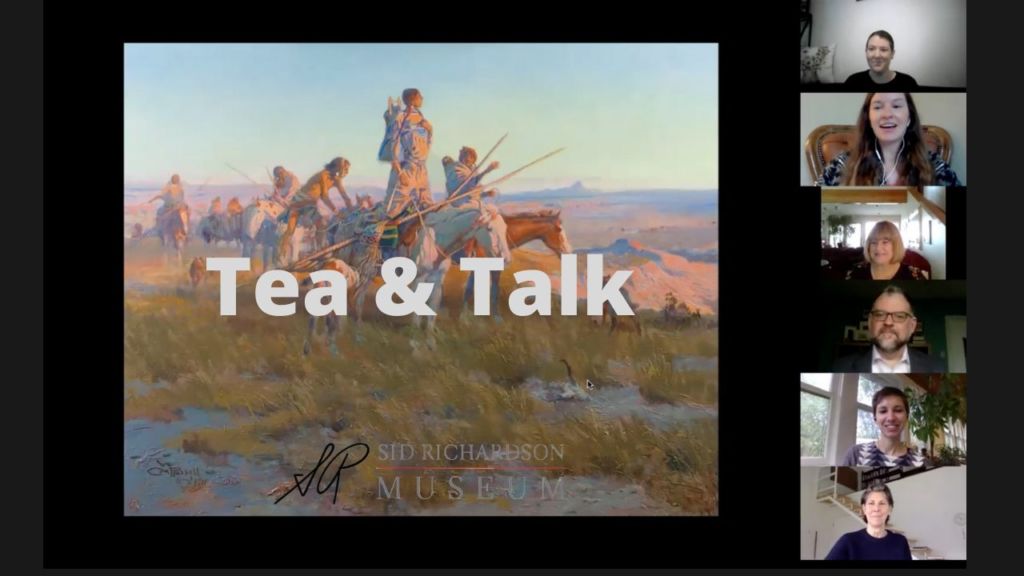
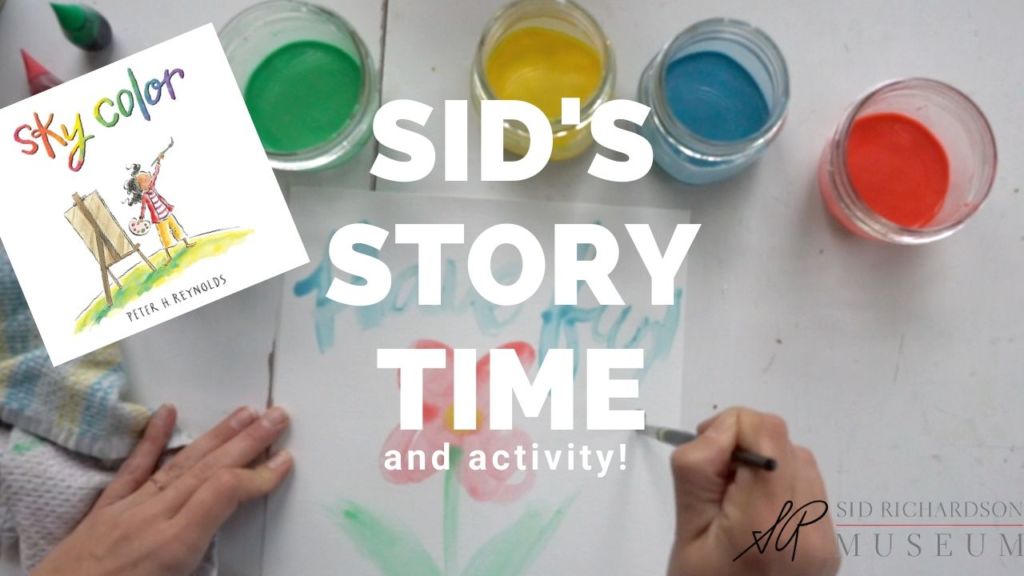
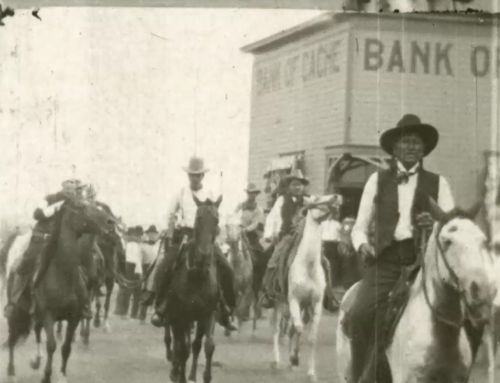
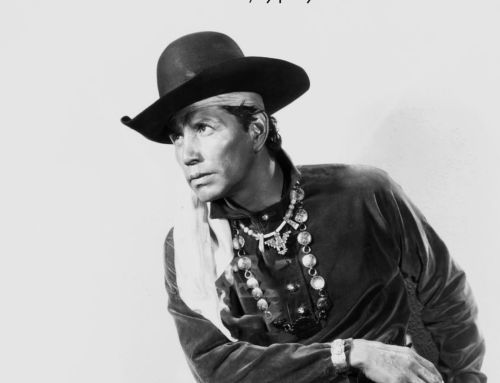

Hello!! I am hoping to visit your museum someday and have wanted to visit for a long time. So happy that you are going to post these articles and pictures.
Hi, Mary! So glad to hear that you’re enjoying the content we’ve been sharing on our social media pages. That’s the best way to stay connected with The Sid while the museum remains temporarily closed.
When we do reopen, we look forward to your visit!